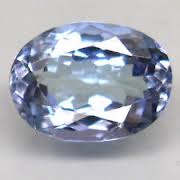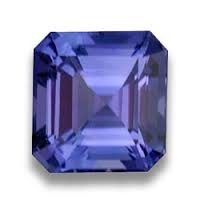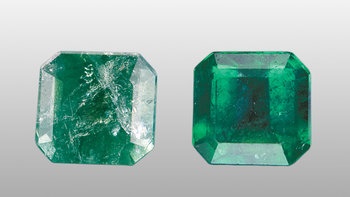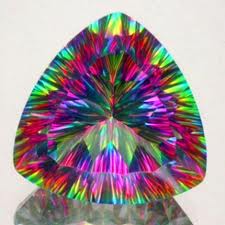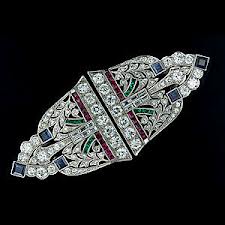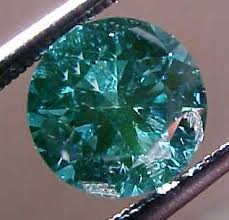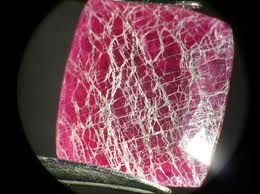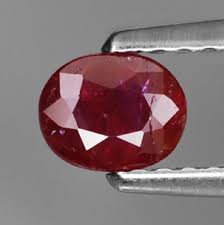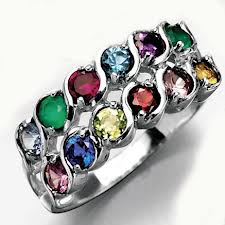By any other name smell so sweet? Apologies to the Bard, but someone asked a great question the other day, so I am going to take a break from talking about gemstone rainbows and try to answer it.
What is the difference between natural, synthetic, enhanced, & simulated gemstones?
The Federal Trade Commission has tried to protect consumers with guidelines that mostly define “misuse” of various terms. That is one reason that there are so many various gemstone organizations that try to promote ethical nomenclature to the consumer & full disclosure of any treatments. So there are many association standards, but use of standard language is sometimes lacking. Here are some of the common usages of terms.
A natural gemstone is one that is mined from the Earth’s crust. You might think that natural implies no alteration, but that is not true. There are some processes that are so common & ingrained in practice, that they are usually implied & not necessarily specified to the consumer. Most commonly is heat treatment. The vast majority of gemstones are heat treated to improve their color & clarity. Heating intensifies the color; unheated stones are usually paler & may have a brownish cast to them. Heating causes a permanent color alteration & does not reduce the value of stones, but some collectors value (& therefore pay more for) unheated stones. In most cases, unheated stones would have better color if heated, but look pretty good without heating, so are sold as “unheated” to those who value the unusual. Heat treatment cannot be detected by the naked eye, but gem labs can test for this process.
The other quite common practice that is frequently not specified is the oiling of emeralds. This improves the color & clarity by filling tiny cracks. The oil should not have any dyes & is commonly cedar wood or linseed oil. The treatment is not permanent as the oil will eventually dry out, but it can be retreated if desired. The oil can also be removed with acetone or alcohol. Emeralds are the only stone commonly oiled. Use of epoxy or resins on emeralds may also improve the appearance in the same way, but this should be clearly stated as an enhancement.
Stones may be coated to improve color or make colors that do not occur naturally.
A synthetic gemstone is one that is chemically identical to the naturally occurring one, but created by man in a laboratory. These may also be referred to as “man made” or “lab created“. These can commonly be distinguished by their total lack of inclusions, excellent color & affordability. Art Deco jewelry from the 1920-1940’s commonly had synthetic rubies & sapphires & their presence in those pieces does not reduce the value. Otherwise, all synthetic stones should be limited to inexpensive costume jewelry.
An enhanced gemstone has had some form of major treatment that should always be disclosed to the buyer. Lower quality diamonds are sometimes irradiated in various ways to produce colored stones. The color enhancement is used to help make inclusions less obvious & the colors can be quite pretty–commonly blue & green stones will develop. When buying colored diamonds, but sure that the color is natural if you are paying a premium. Remember that natural blue and green diamonds are very rare & expensive.
Some other gemstones are dyed to improve their color, a process that may or may not be permanent. Glass or fracture-filling is common with lower quality rubies & may be hard for the consumer to detect, but can easily be detected by a gemological laboratory. A fracture-filled ruby can be a very nice gemstone, but it should be considerably less expensive than a natural one. A reputable dealer will alway clearly indicate what enhancements have been applied to a given stone.
A simulated or simulant gemstone is one that mimics the appearance of a natural stone. The best known example would be cubic zirconia (CZs) that are used to mimic diamonds. Colored glass has also been used mimic many gemstones for a long time, especially in birthstone type jewelry.
As always, if you are spending a lot of money, you should buy from a trusted source. An evaluation by an independent lab (in the USA usually GIA or AGI) usually costs around $500, but can be money well spent.

